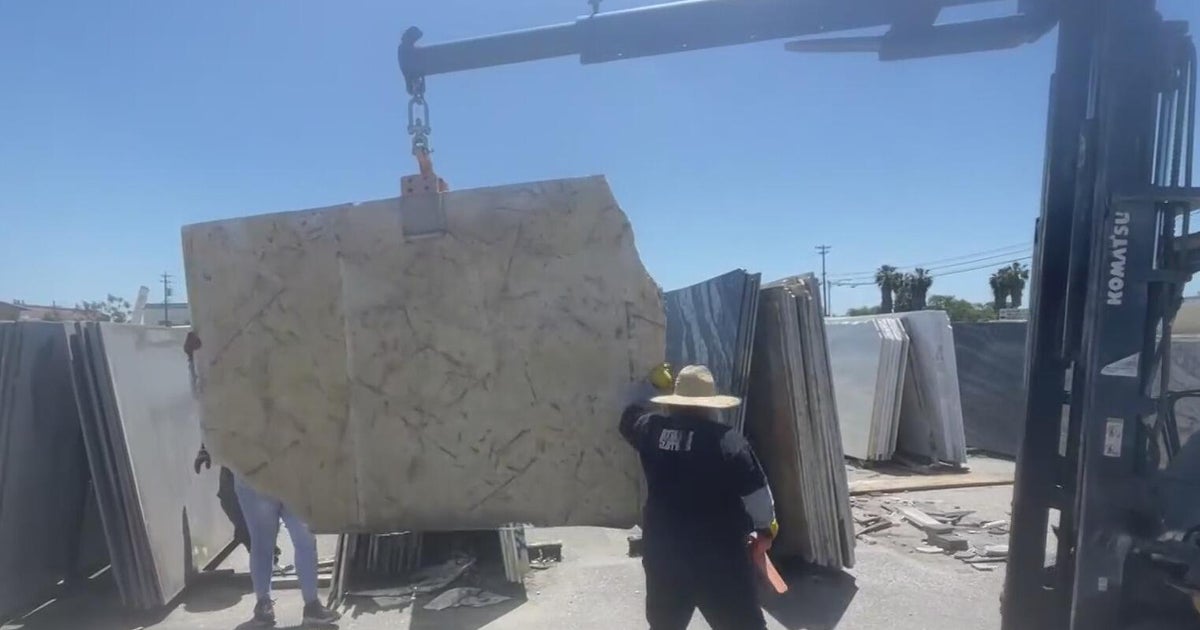Race Against Time: Silicon Valley Transit Project Threatens Local Granite Supplier's Survival

A Critical Countdown: VTA's Impending Property Claim
As the clock ticks toward Thursday morning, property owners face a crucial deadline that could dramatically alter the fate of their valuable materials. The Santa Clara Valley Transportation Authority (VTA) has set a clear and uncompromising boundary: any items remaining in the designated area after the specified time will be legally classified as "abandoned" property.
The stakes are remarkably high, with potentially millions of dollars worth of stone and construction materials hanging in the balance. Once the deadline passes, these valuable resources will automatically transfer to VTA's ownership, leaving previous owners with no recourse to reclaim their investments.
This stark ultimatum underscores the importance of prompt action and meticulous planning for all stakeholders involved. Property owners and contractors must carefully strategize their removal efforts to prevent an unexpected and costly forfeiture of their valuable materials.
